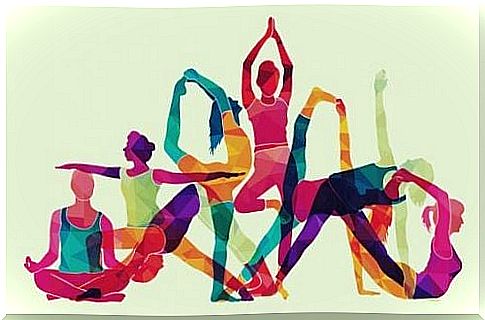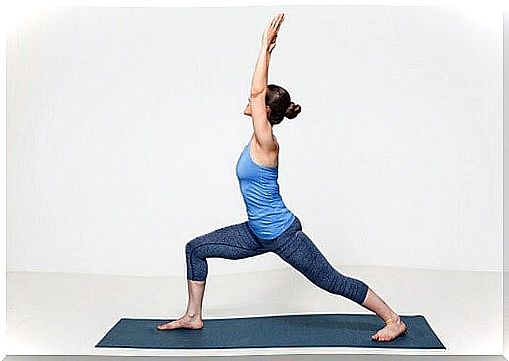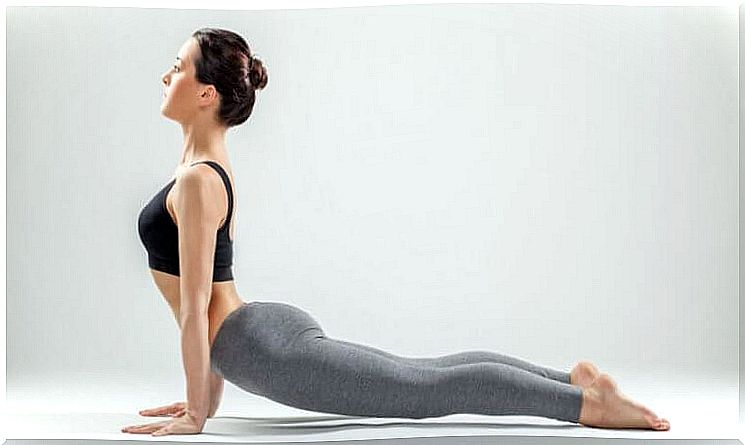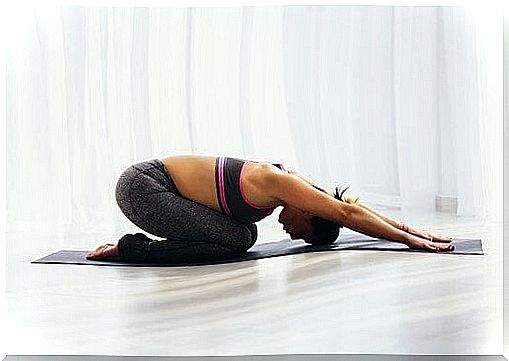Yoga For Beginners: Harmonizing Mind And Body

Yoga for beginners is intended for people who want to give it a try out of curiosity. It is also intended as an alternative form of therapy for stress, anxiety or sleep disorders. Whatever your reasons, there are at least a few poses (called “asanas”) that can get you started. This way you too can start with yoga and discover all its benefits.
It is common to hear people say that once you do yoga daily, you will start to see life differently. Something changes. That may seem like an exaggeration, especially if you see it as just a discipline with some exercises and separate poses. But yoga is much more than that. Why? Because yoga transcends the physical and touches your mental (and therefore also your emotional) areas. It encourages a balance between all parts of your reality.
What we have here is a form of exercise that can affect every part of you. You will have a more durable and flexible body and your mind will be better aligned. According to some, your soul becomes more receptive and noble. Exaggeration or not, it’s a practice recognized by institutions like the American Psychological Association (APA). He has researched the benefits of yoga, especially for mental health.
It’s always a good time to try new things, especially if they’re positive and satisfying. It is well worth giving yoga a chance. Find out what this movement from India can do for you.

Yoga for beginners: learn to listen to your body and mind
There is one type of yoga for beginners and one for people who already know what their bodies need. They know which daily poses are good for their balance and well-being. However, we must point out one important point: if you’ve never done this type of exercise before, it’s not a good idea to force your body into positions it’s not used to. So never force anything! You run the risk of injuring yourself unnecessarily.
So it’s best to start slowly to get a feel for how it works and what it can do for you. As we said at the beginning, it’s not just about performing a few poses. Yoga combines the stretching exercises with breathing exercises and meditation. If you do this consistently, your fitness will improve, you will become more flexible, your lung capacity will be increased, your heart will beat in a balanced way and you will experience less joint pain.
So it’s definitely worth the try! However, to do it in a balanced way, it is best to start with poses that fall under yoga for beginners.
1. Warrior Attitude
Whoever practices yoga performs so-called asanas (poses). They start the intimate, silent dialogue between body and mind. In this way you get to know yourself better and to accept your physical and mental reality. In addition, if you take a look at the vast amount of asanas, you can see that there are some that can serve as good prevention for health problems. Here are also a few that are ideal as part of yoga for beginners. This pose is one of them — and this is how you perform it.

- Stand on your yoga mat.
- Put one foot forward and the other back. Place your front foot at 90 degrees (so your toes are pointing straight ahead), and your back foot at 60 degrees (diagonally).
- Feel the mat under the soles of your feet, as it serves as your fulcrum and source of your strength.
- Bend your front leg until your thigh is parallel to the floor.
- Make sure your knee is directly over your heel (of your front foot).
- Keep your back straight and raise your arms. Make sure that these continue the straight line from your back (past your ears).
2. Upward Looking Dog Posture
When it comes to yoga for beginners, you will probably notice that the upward facing dog and downward facing dog pose are very common. But if you’ve never done yoga before, it’s best to start with the first of the two. This one is a lot easier to perform.

- Lie on your stomach on the mat.
- Now bring your hands to your shoulders, place your palms against the mat and lift yourself up little by little, without moving your feet and legs any further.
- Straighten your arms as you arch your lower back.
- Now lift your hips and legs slightly off the floor. All power should come from your arms.
- Try to move your shoulder blades together without forcing too much. This should push your chest forward.
- Be careful not to put too much pressure on your lower back!
3. Butterfly pose
You will really enjoy this pose! Also known as ‘baddha konasana’, it is perfect for beginners. It is also one of the most important yoga poses. Here are the steps you need to follow:

- Sit on the yoga mat with your back straight. Bend your knees, drop your legs out and bring your feet together until the soles touch. You don’t have to force it, go as far as you can until you feel comfortable without experiencing any pain.
- Feel the weight of your legs and how they lightly pull on your muscles and groin.
- As you begin to feel more comfortable, lower your knees a little further. This way, more weight falls to your glutes. By the way, keep your back straight!
- Now grab both big toes and gently pull them away from the other toes a bit. Feel the pressure in your heels increase.
4. Stretched Child Posture
The stretched child pose (‘utthita balasana’) is ideal as part of yoga for beginners. This is also one of the best known and most relaxing poses. Once you learn and master these, you will want to keep this relaxing and beneficial pose in your regimen at all times. Below are the steps:

- Kneel on the mat.
- Bring your feet together, making sure the heels and big toes touch.
- Let your torso fold forward, extending your arms in front of you, past your head. Keep your arms as straight as possible.
- Place your open palms on the mat.
- Next, place your forehead on the mat and take a deep breath.
As you can see, yoga for beginners is really not just simple. It is also relaxing and can help relieve excessive muscle tension. As long as you do it without forcing yourself, being aware of your own limits, you can eventually expand your repertoire with new, more complicated asanas. That way you can experience even more of the benefits of this ancient, great use.









